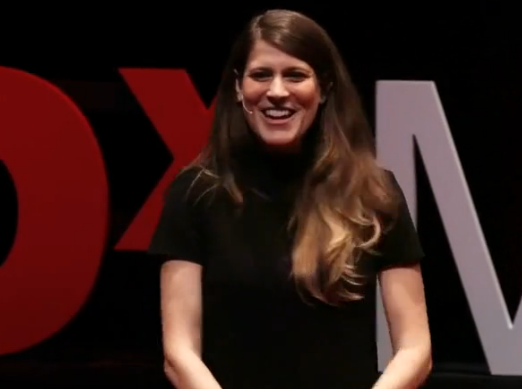A single sea hare will inseminate the partner in front of it and receive sperm from the one behind,
單只海兔會向正前方的配偶射精,并接受后方的精子。
which is sort of like an awesome time-saver, when you think about it.
這倒是個省時省力的好方法,不妨想象一下。
But if scientists had only seen this and they were like, "OK, we're just not going to touch that with a stick,"
但當科學家看到這個景象時,會說:“好吧,還是不要去碰它們,”
they would have missed the bigger thing about sea hares that makes them really remarkable.
但這樣一來,他們就會錯過關于海兔更重要的、著實奪人眼球的事情。
It turns out that these sea hares have a small number of very large neurons,
事實是:這些海兔僅有少量的巨大神經元,
which makes them excellent to use in neuroscience research.
這使得它們非常適合被用于神經科學研究。

And, in fact, the scientist Eric Kandel used them in his research to understand how memories are stored.
事實上,科學家艾瑞克·坎德爾將它們運用在了他的實驗中,以理解記憶是如何存儲的。
And you know what? He won a Nobel Prize for his work.
大家知道嗎?他還因此獲得了諾貝爾獎。
So go out there and pick up beetles and play in dirt and ask questions.
所以走出家門,撿拾甲殼蟲,玩玩泥巴,并心懷好奇。
And own your fascination with gross stuff and don't be ashamed of it, because you never know what you're going to find.
駕馭你們對惡心事物的興趣,不要膽怯,因為你們永遠不知道你會發現什么。
And as I say at the end of all my videos, "Ew." Thank you.
就像我在所有視頻的結尾說的:“好惡心哦!”謝謝。











